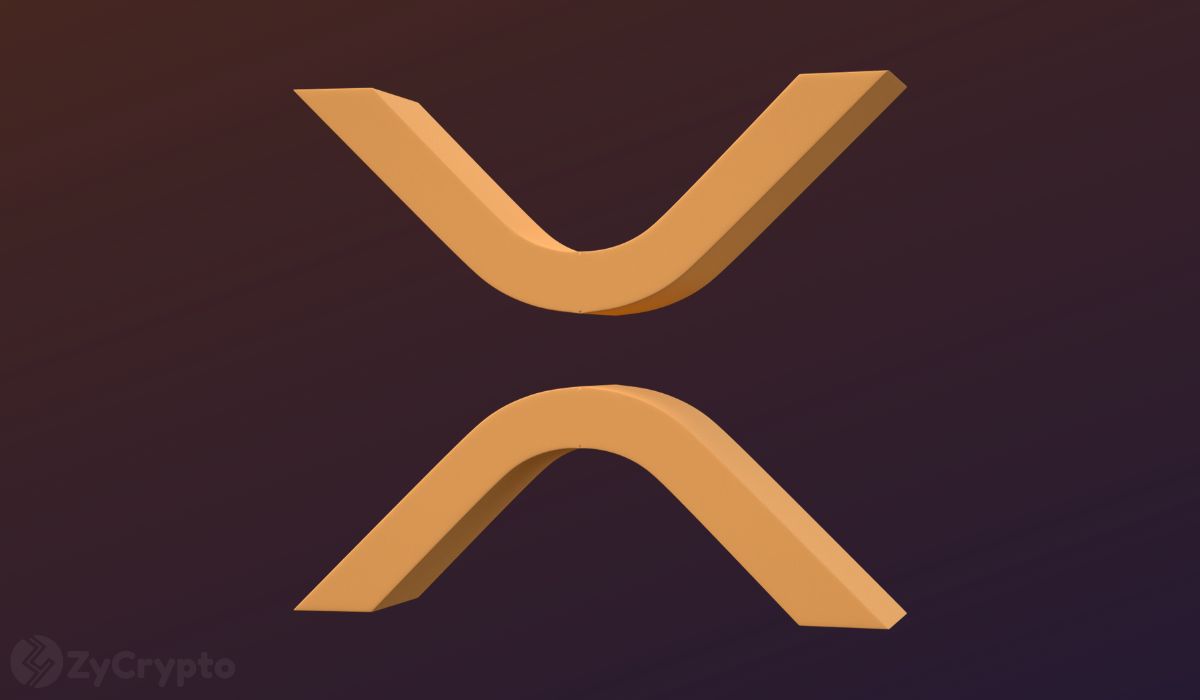According to Ripple, blockchain and crypto technologies are attracting the interest of global financial executives as they present a potential solution to modernize the underlying infrastructure of international payments. A recent report by Ripple Labs reveals that 44% of survey respondents expect payments to be the biggest driver of crypto adoption, with cross-border payments being a top use case for XRP.
Traditional payments, especially cross-border ones, often rely on legacy rails that can take days to settle transactions.
“In contrast, blockchain and digital asset technologies provide a seamless global infrastructure in which payments can be sent and received anytime, anywhere, instantly with lower fees and 360 visibility”, the report by Ripple states.
Digital-first finance is expanding rapidly; by 2025, it’s estimated that over 65% of Americans will use mobile banking, and by 2024, internet banking in Asia will have about 1 billion users. Despite these digital banking services’ user-friendly interfaces, the underlying technology is still out-of-date.
Beneath the modern apps lie an old-fashioned payment rail system built before the internet and mobile phones. The complexity of legacy systems and the need for intermediaries introduce delays and inefficiencies, hindering real-time transactions. Moving funds internationally is even more cumbersome due to regulatory requirements, currency exchanges, time zones, and limited hours of operation, resulting in slow and expensive processes.
According to the Ripple report, cross-border payments are vital to the global economy, underpinning international trade, supply chains, corporate treasury flows, and funding non-governmental organizations. However, the frictions in the current system inflate the time and costs for these transactions.
Crypto Payments Fuel Shift in Finance
Fortunately, cross-border payments have emerged as a robust use case for crypto and blockchain technology because they facilitate interoperability between tokens or chains. Crypto-enabled payments allow for the quick movement of digital assets between chains, liquidating them into fiat currencies for faster, affordable, and transparent transactions.
And the market is by no means small, as global payments powered by crypto assets like XRP are projected to reach $250 trillion by 2027. The advantages of using crypto for cross-border payments are evident, with over half of global payments and treasury professionals seeing faster payments and cost savings as critical reasons for adoption.
More than 80% of top financial executives worldwide predict that their companies will embrace cryptocurrencies over the next three years. Blockchain technology is paving the way for seamless global payments by solving the drawbacks of conventional payment systems, enabling instantaneous transactions for people, companies, and banks anywhere.
Financial institutions, regulators, and companies are collaborating to unleash the potential of blockchain to create a new and effective payment environment as the world proceeds toward this seismic upheaval in finance.


